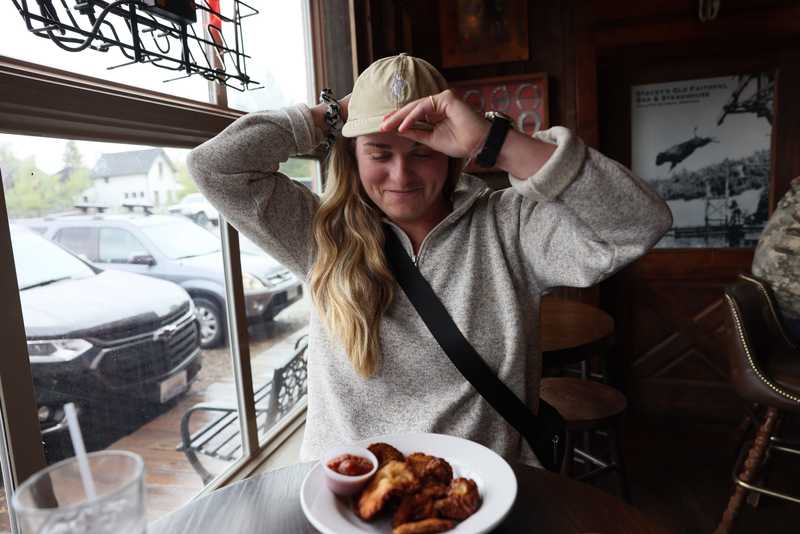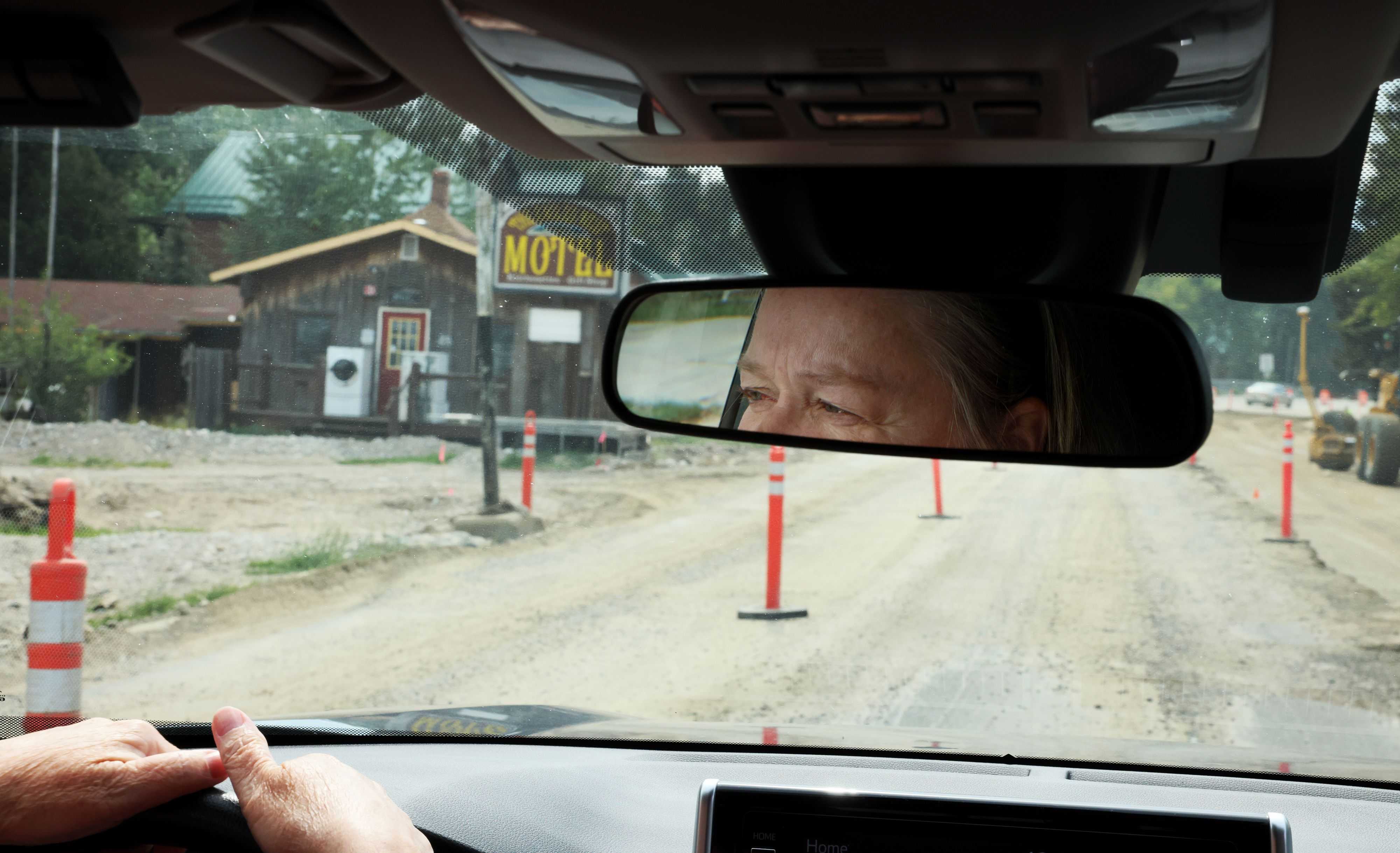
Seattle team
Nov. 2, 2022
After Yellowstone floods, resilient Red Lodge, Mont., is back open for business
RED LODGE, Mont. — In June, as the days grew longer and the air began to soften in this tight-knit mountain town, the creek that tumbles through its center was transformed into a blunt, destructive force. Swelled by sudden snowmelt, dragging boulders with it, the water swamped bridges, homes, and businesses — and cut off the nearest access to Yellowstone National Park, crippling the tourist-based economy.
In the painful days that followed the historic flood, as the town’s 2,000 residents began assessing damage, they were engulfed by a second disaster: a flood of cancellations at local hotels, wiping out much of the summer’s reservations.

Coming on the heels of other recent struggles — a summer lost to the COVID-19 pandemic in 2020; another, in 2021, when wildfires drove visitors away — the blow felt doubly crushing.
“This was supposed to be the summer everything came back,” said Red Lodge Mayor Kristen Cogswell, a native of Western Massachusetts whose family ties in this corner of Montana drew her back here 14 years ago.
A former mining town perched near Yellowstone’s northeastern corner, Red Lodge now depends on tourists for survival. A ski area draws visitors in winter, but summer is when most people make their living. Two key assets power the economy: the steep and winding Beartooth Highway, famous for its breathtaking views, begins in Red Lodge, and 68 miles away, at the highway’s end, travelers can access Yellowstone through its northeast entrance.

Damage from the flood shut down the Beartooth Highway into late July and closed the park’s north and northeast entrances all summer. As tourists scrapped plans and mapped a different path into Yellowstone, an unnatural quiet descended on Red Lodge. There were fewer shifts and smaller paychecks for residents who work as waitstaff, maids, and hotel clerks — and an even tougher struggle to cover housing costs. Rents here have been driven sky-high in recent years, Cogswell said, as demand surged from second-home buyers and Airbnb entrepreneurs.
On a bright afternoon in mid-September — with only a hint of smoke in the air from far-off wildfires — there were scattered signs of life on the pretty main street. The sidewalks were still mostly empty, but a high-end wine and cheese shop did a steady business, while signs at the brand-new Beartooth Books promised its opening was imminent.
At the edges of downtown, though, the recovery was still underway, three months after Rock Creek raged beyond its banks. Work on broken roads and bridges was ongoing amid piles of displaced boulders, a vivid reminder of the terrifying night when residents raced to fill sandbags to push back the surging water.
“All night long, you could hear the boulders slamming in the creek,” Cogswell recalled. “It sounded like the bowling alley of the gods.”
For some, a fear of nature’s wrath still lingers: What if an event described as a “500-year flood,” triggered by unusually high temperatures, record rainfall, and rapid snow melt, happens again?
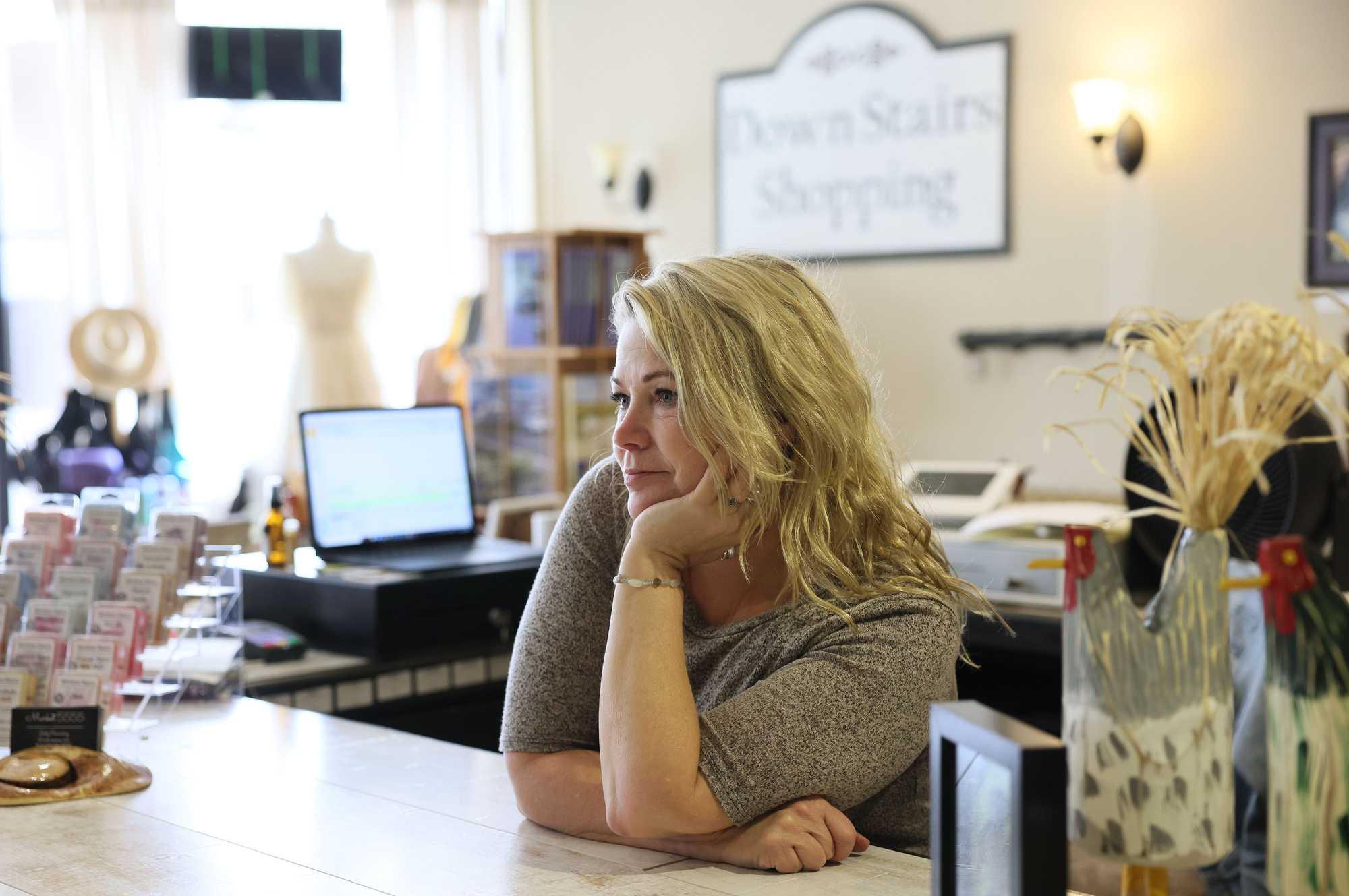
“People worry now, with climate change,” said Jody Ronning, a City Council member who owns a downtown gallery and gift shop. “You hope it doesn’t become the new normal.”
Petite and soft-spoken, Ronning is a former insurance agent who gave up a 24-year career to pursue a dream of running her own store. She opened the business in the heart of Red Lodge in 2019, stocking it with an eclectic mix of art, jewelry and locally made goods. She persisted through the pandemic, and the local wildfires last year, and dug her heels in again after the flood, working alone seven days a week for much of the summer.
“I couldn’t afford to hire someone, because I didn’t know if customers would show up,” she said. “If it’s your dream, you just try to make it work.”
Recent stories from the Seattle team
Some had even bigger troubles to surmount, as hotel business dropped by 30 percent to 60 percent. At the Yodeler Motel, a 100-year-old Bavarian-style landmark listed on the National Register of Historic Places, owners Mac and Tulsa Dean saw 10 ground-floor rooms ruined by floodwater.
And in the farther outpost of Cooke City — an unincorporated speck at the end of the Beartooth Highway, with fewer than 100 year-round residents — the shutdown brought economic devastation, a loss of 80 percent of its normal summer business.
“It’s a ghost town up there,” said Timmy Weamer, owner of Cooke City Exxon, as he passed through Red Lodge on his way back home with a load of groceries for his store. “We’re realizing we need to diversify our economy, that we can’t depend on just one thing.”
In at least one way, some said, adversity has made them stronger: The divisions that festered during the pandemic, over vaccines and masks, faded fast into the background when disaster struck.
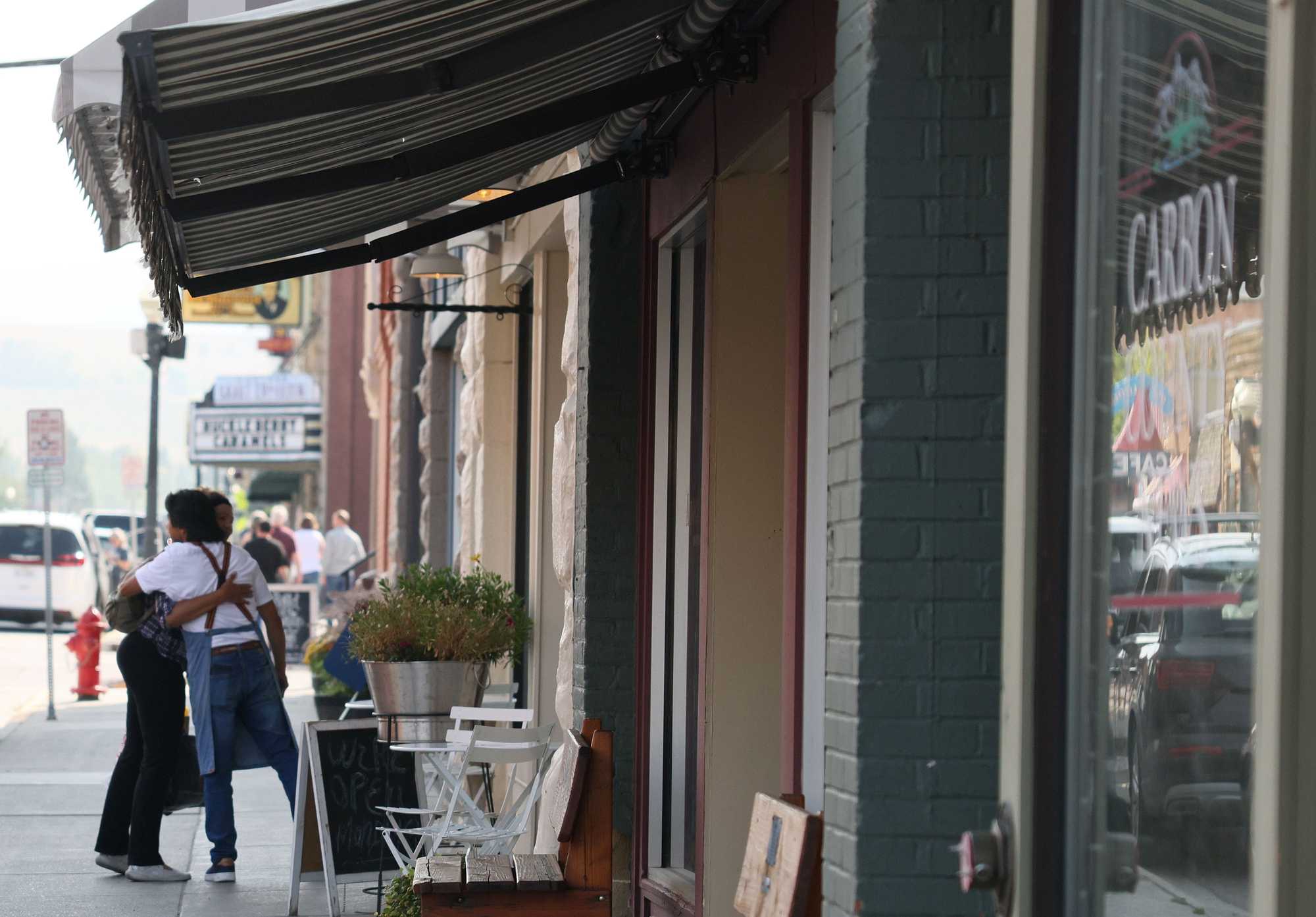
“It put things back in perspective,” said Eric Wells, who moved to Red Lodge recently from California in search of cleaner air. “If you didn’t know your neighbors before, you know them now.”
In mid-October, with cold weather settling in, Yellowstone’s northeast entrance finally reopened. It was too late to save Ronning’s summer, but she had powered onward anyway, opening a second small business behind her store in August — an ice cream stand that pivoted to selling homemade soup in September.
Her hopes are modest: to stay in business long enough to find out what a normal summer might be like.
“We just want to get the word out,” she said. “We’re still here, we didn’t float away — please come visit.”
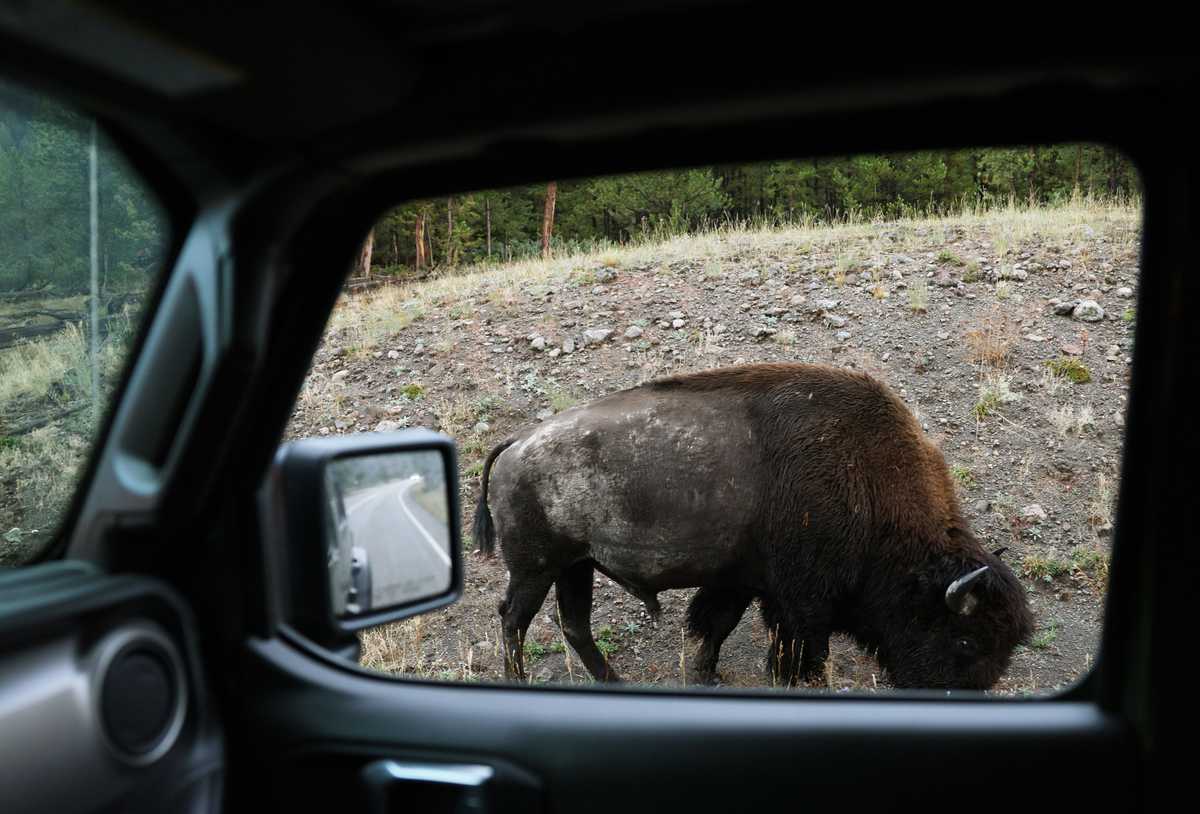

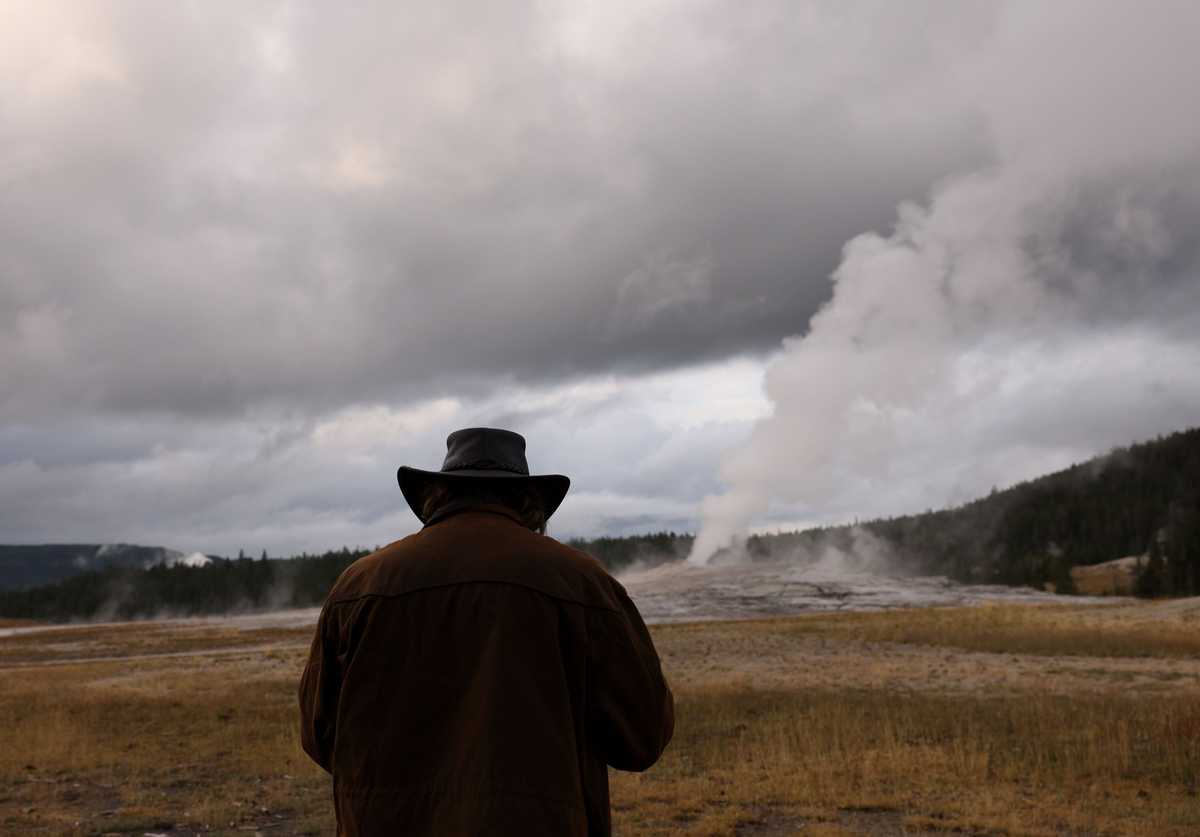
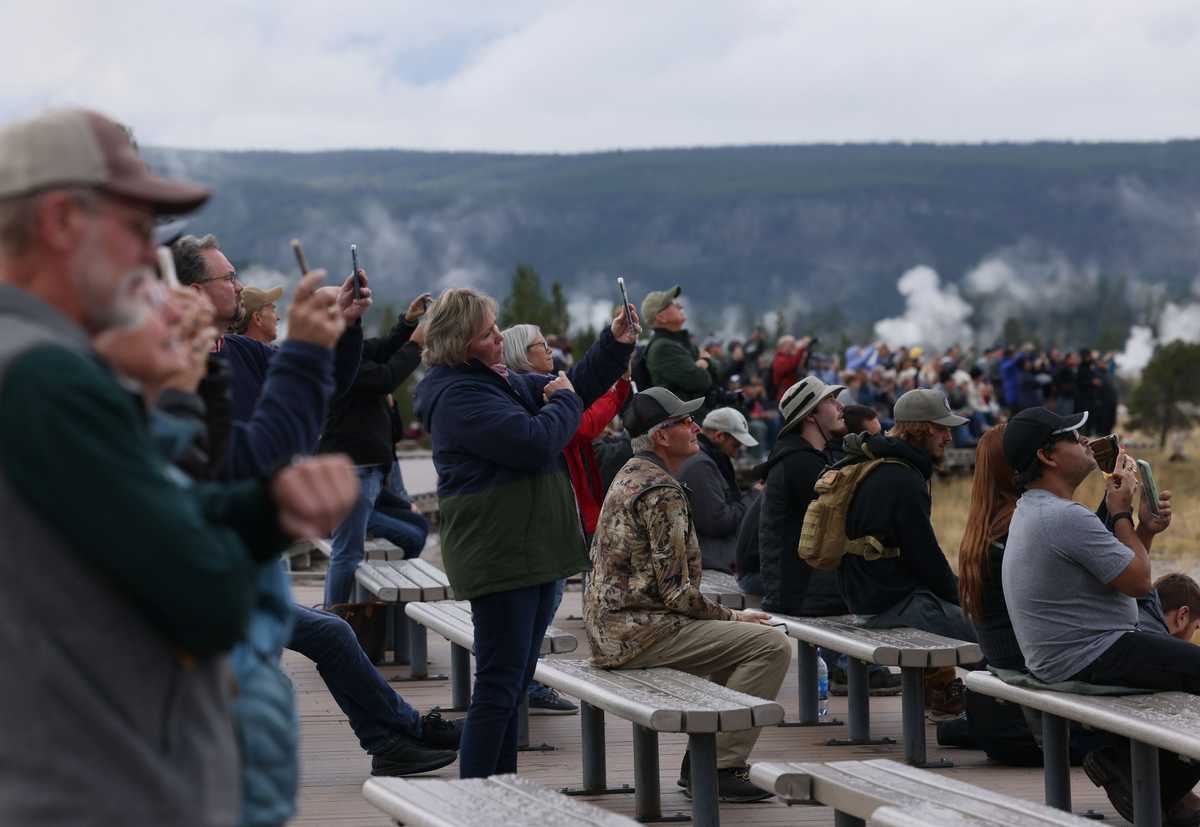

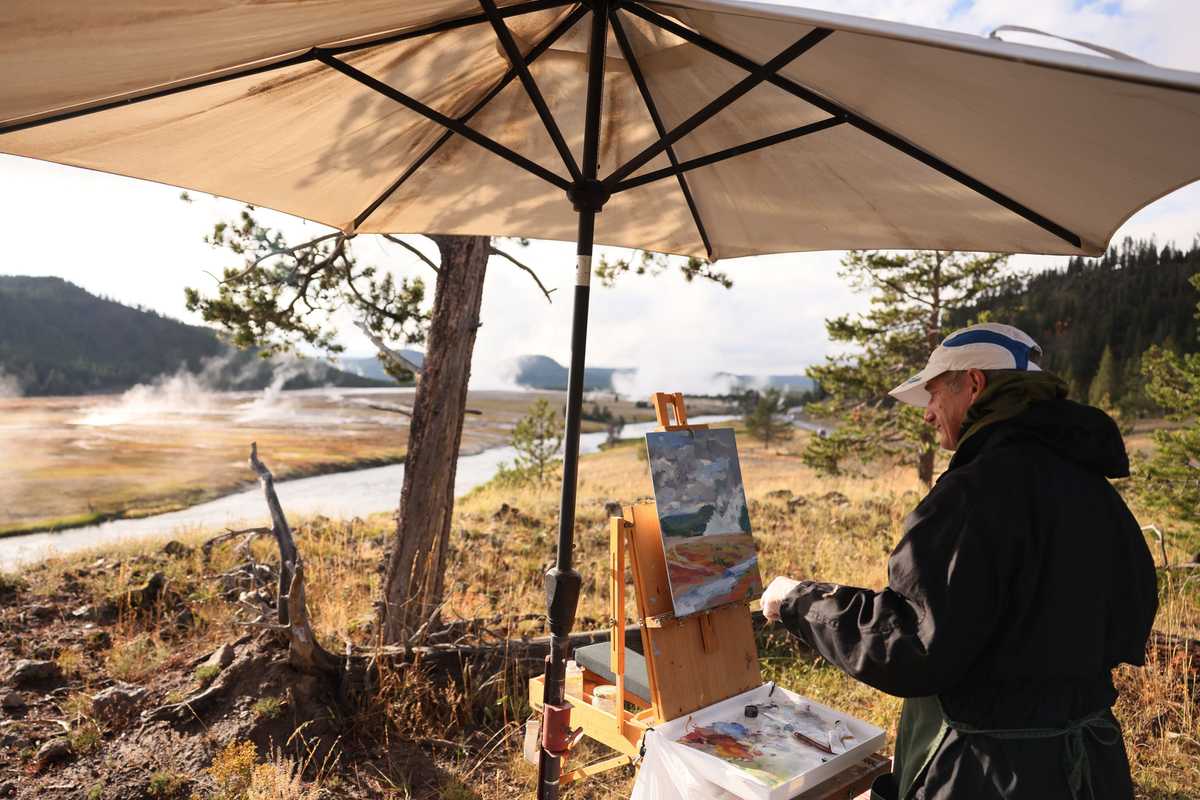
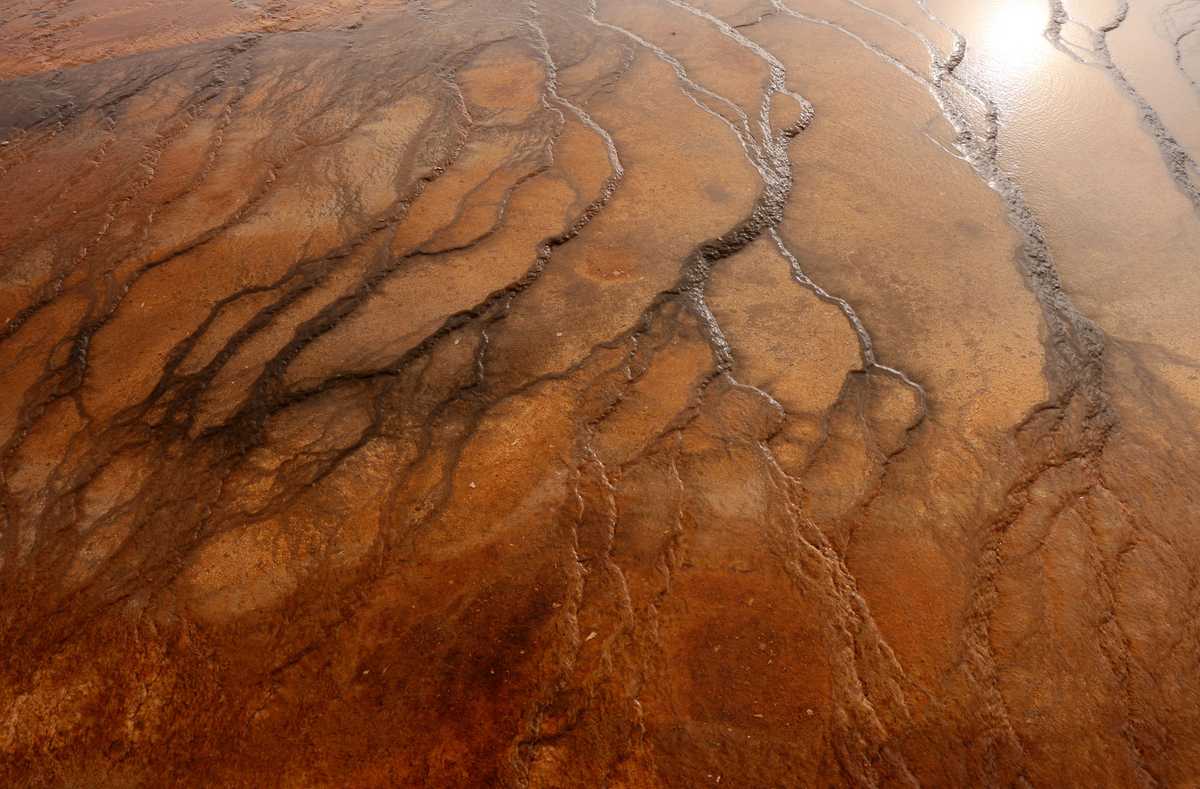
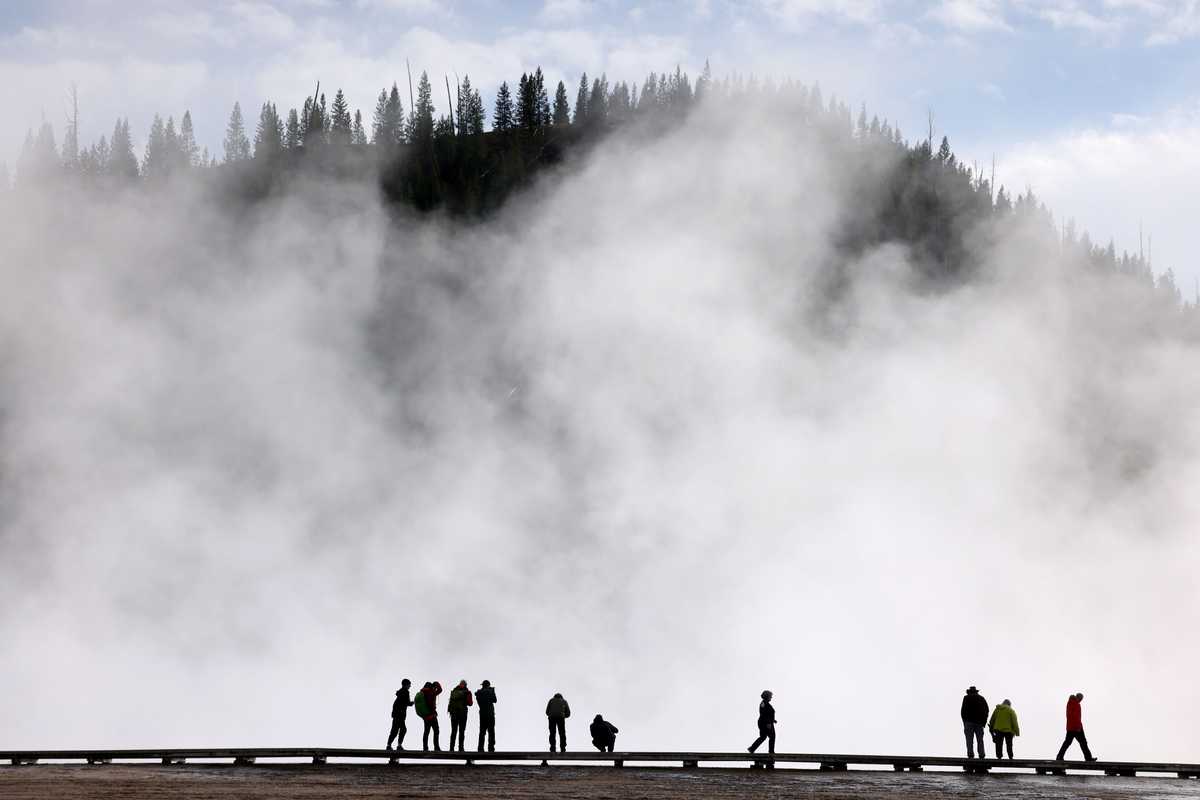

A bison roamed the side of the road in Yellowstone National Park as members of the Seattle Team drove through in September. (Jessica Rinaldi/Globe Staff)
Join the discussion: Comment on this story.
Credits
- Reporters: Julian Benbow, Diti Kohli, Hanna Krueger, Emma Platoff, Annalisa Quinn, Jenna Russell, Mark Shanahan, Lissandra Villa Huerta
- Photographers: Erin Clark, Pat Greenhouse, Jessica Rinaldi, and Craig F. Walker
- Editor: Francis Storrs
- Managing editor: Stacey Myers
- Photo editors: William Greene and Leanne Burden Seidel
- Video editor: Anush Elbakyan
- Digital editor: Christina Prignano
- Design: Ryan Huddle
- Development: John Hancock
- Copy editors: Carrie Simonelli, Michael Bailey, Marie Piard, and Ashlee Korlach
- Homepage strategy: Leah Becerra
- Audience engagement: Lauren Booker, Heather Ciras, Sadie Layher, Maddie Mortell, and Devin Smith
- Newsletter: LaDonna LaGuerre
- Quality assurance: Nalini Dokula
- Additional research: Chelsea Henderson and Jeremiah Manion
© 2022 Boston Globe Media Partners, LLC


